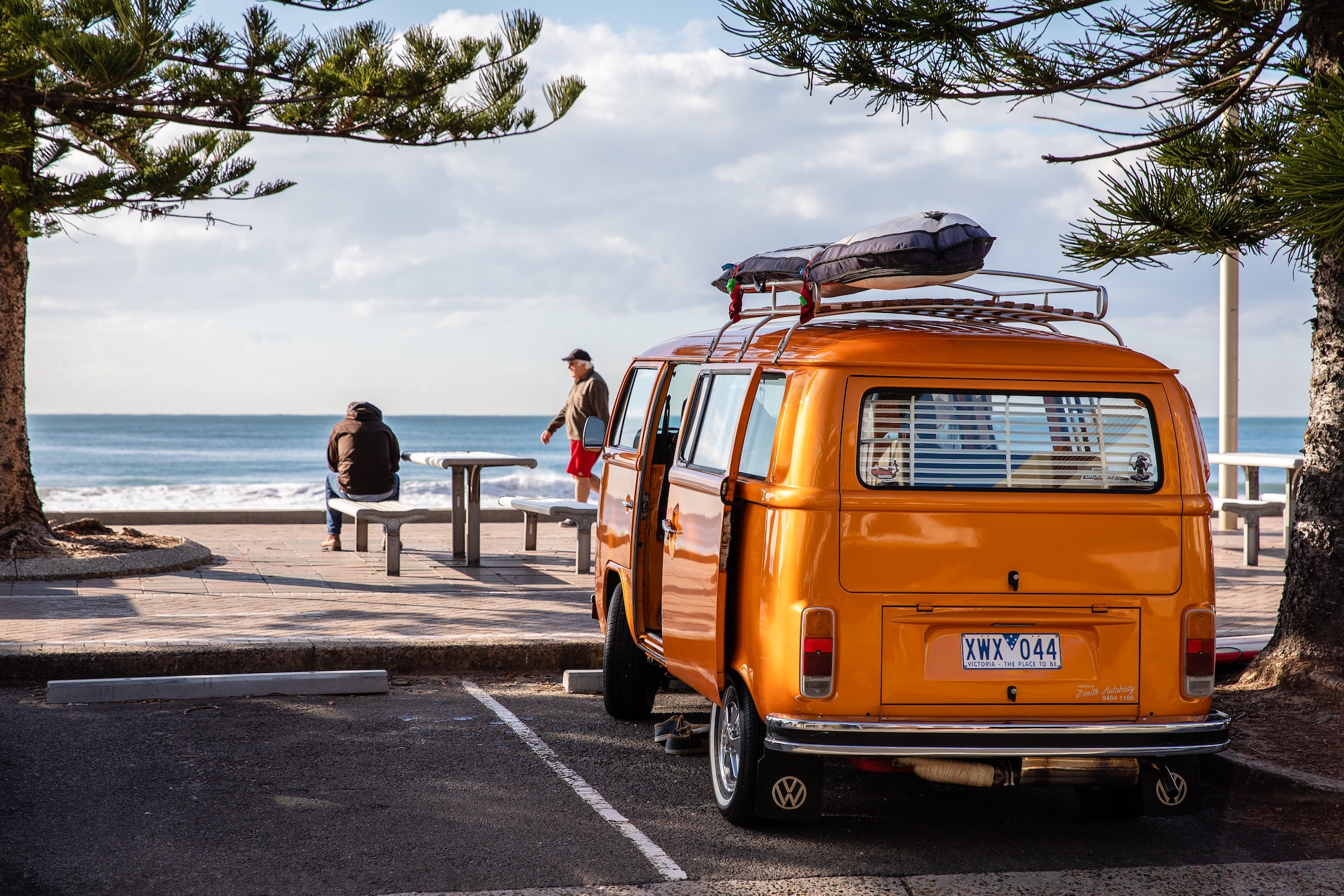
The definition of the “perfect” road trip will be as unique as the person taking it. However, what is true for any road trip is that a little advance preparation goes a long way toward ensuring the trip is everything you dreamed it would be. Here’s how to prep for your bucket list road trip—whatever it may look like.
Chart your bucket list road trip route
The route you take will depend on a number of factors, including your time constraints, ultimate destination, budget, weather preferences, interest in local attractions, the amount of time you’re willing to spend driving each day, whether you want to camp or sleep indoors, and so on.
Once you’ve identified a possible route, spend some time researching attractions, food options, and accommodation options along the way. Familiarizing yourself with your route will help provide some structure for your trip and will ensure you don’t arrive home only to learn that you missed seeing an attraction you wished you’d seen.
Road trip inspo: The Best RV Routes for a Summer Road Trip
That being said, don’t get too carried away with planning. One of the greatest perks of road tripping is having the flexibility to pursue random whims, check out unexpected attractions, etc. Familiarize yourself with your route, but don’t be afraid to be flexible along the way.
Save some dough
Regardless of whether or not you’re road tripping on a budget, you can help your dollars stretch further by:
- Using an app such as GasBuddy to identify the cheapest fuel on your route, but don’t hold out until that last minute. Gas stations can be few and far between on more rural road trips.
- Packing your own food, snacks, and beverages instead of stopping at restaurants, rest stops, or markets for every meal.
- Bringing along a friend or two to help shoulder the costs (more on the safety of doing so below).
- Packing light to increase your car’s fuel efficiency.
- Purchasing roadside assistance insurance so you’re covered in the event of car troubles (instead of paying for an unexpected towing bill).
- Factoring tolls into your overall budget so you aren’t surprised every time you’re hit with a large toll. (Also, remember to carry cash and a credit card so you aren’t caught empty-handed at a toll booth; many are asking travelers to pay with a card due to COVID-19).
Prioritize safety on your bucket list road trip
Road trips are a ton of fun, but spending days on end in a moving vehicle is not without its risks.
Prioritize health and safety on the road with the following strategies:
- Have your car checked out before you leave. Let your mechanic know your plans and ask them to do a thorough safety inspection of your vehicle to ensure it’s road-worthy.
- Build an emergency supply kit and plan to keep it in the car at all times. This should include (but is not limited to) an extra cell phone battery and/or charger, a heavy-duty flashlight, water, nonperishable food, a first aid kit, a paper map (in case your GPS stops working), a multi-tool, a warm blanket, and a list of emergency contact numbers.
- If you didn’t already purchase the roadside assistance insurance mentioned above, safety is another compelling reason to do so.
- Share your travel plans in TripIt with a friend or family member so they’re aware of your whereabouts (even if you’re traveling with companions).
- Research the weather along your route both before you leave and as you’re traveling. Staying up to date on the weather conditions you’ll encounter along your drive can help you plan with safety as your first priority.
- Consult TripIt Neighborhood Safety Scores to understand the safety and risk factors of the areas you plant to visit on your road trip. You can also set a personal risk level within the Neighborhood Safety Scores feature. TripIt will then warn you if you’re planning on visiting an area that exceeds your threshold.
- Bring along a second car key. This might seem like a no-brainer, but it’s important. Having a spare key on hand will help prevent the panic and time delays that come along with locking yourself out of the car.
- If you’re looking for a place to eat, drink, pick up supplies, or even seek medical care, TripIt’s Nearby Places feature makes it easy to find places close to where you’re staying on your route. If you find a place you want to visit, but can’t get there right away—or you’re simply trying to plan one step ahead—you can also save it in TripIt to visit later.
Read more: 9 Tips for a Sustainable Road Trip
Pack smart
When it comes to packing for a road trip, organization is key. Here are a few tips for keeping all your gear in order:
- Consider the items you’ll need to access on a daily basis (e.g. toothpaste and your phone charger) and make sure they’re easily accessible so you don’t have to unpack the whole car every time you need a frequently used item.
- Consider the purpose for everything you pack, and let that dictate its place in the car. For example, your flashlight should be stored somewhere it will be easy to grab in the dark.
- Once you’ve assigned a spot to all your gear, make sure to put things back in their respective places immediately after using them. Consistency is the key to organization.
Make sure everybody’s on the same page
If you’re traveling with companions, you’re about to embark on spending several days (maybe even weeks) in a confined space together for hours on end. This means it’s important to establish expectations from the get-go. Have a sit-down conversation with everyone involved to discuss how you’ll divide up the driving time, how you’ll split expenses, whether folks are okay with unplanned stops, and so on. If you’re planning a trip with members outside your household, you’ll also want to discuss any health- and safety-related topics, such as getting tested for COVID-19 before you embark on your trip and how to stay safe while on the road, as well.
Read more: I Went on a Cross-Country Road Trip During a Pandemic. Here’s How.
Plan to revisit these conversations once you’re on the road—respectful, honest, and frequent communication is the best way to ensure resentments don’t fester.
No matter whether your bucket list road trip involves cruising across the country or exploring the history of your province or state, these tips will help ensure the experience is everything you hoped it would be.

